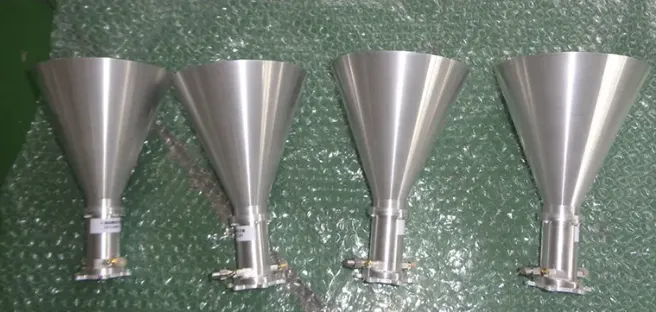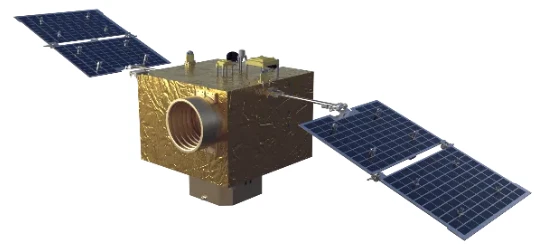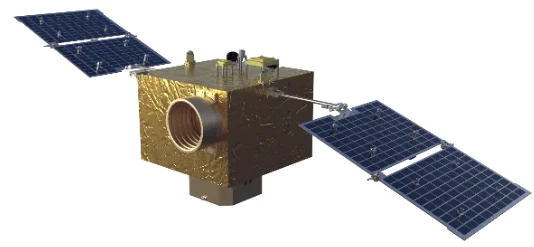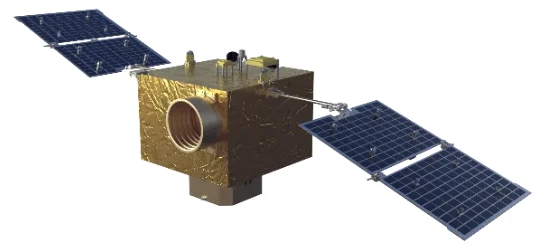
- afrikansk
- albansk
- amharisk
- arabisk
- armensk
- aserbajdsjansk
- baskisk
- hviderussisk
- bengalsk
- bosnisk
- bulgarsk
- catalansk
- Cebuano
- Kina
- korsikansk
- kroatisk
- tjekkisk
- dansk
- hollandsk
- engelsk
- Esperanto
- estisk
- finsk
- fransk
- frisisk
- galicisk
- georgisk
- tysk
- græsk
- Gujarati
- haitisk kreol
- Hausa
- hawaiiansk
- hebraisk
- Ingen
- Miao
- ungarsk
- islandsk
- igbo
- indonesisk
- irsk
- italiensk
- japansk
- javanesisk
- Kannada
- kasakhisk
- Khmer
- rwandisk
- koreansk
- kurdisk
- kirgisisk
- Arbejdskraft
- latin
- lettisk
- litauisk
- luxembourgsk
- makedonsk
- madagaskisk
- malaysisk
- Malayalam
- maltesisk
- Maori
- Marathi
- mongolsk
- Myanmar
- nepalesisk
- norsk
- norsk
- occitansk
- Pashto
- persisk
- Polere
- portugisisk
- Punjabi
- rumænsk
- russisk
- samoansk
- skotsk gælisk
- serbisk
- engelsk
- Shona
- Sindhi
- singalesiske
- slovakisk
- slovensk
- Somali
- spansk
- sundanesisk
- Swahili
- svensk
- Tagalog
- tadsjikisk
- Tamil
- tatarisk
- Telugu
- Thai
- tyrkisk
- turkmenske
- ukrainsk
- Urdu
- Uighur
- usbekisk
- vietnamesisk
- walisisk
- Hjælp
- Jiddisch
- Yoruba
- Zulu
Transmission Antenna: Microstrip Patch Antenna Solutions for High-Frequency Communication
As wireless technologies advance, the demand for high-performance transmission antennas continues to grow. From streaming television broadcasts to supporting radio signals and wireless internet, transmission systems depend on antenna efficiency and reliability. In this landscape, microstrip antennas—particularly microstrip patch antennas—have emerged as game-changers, offering a unique combination of size, simplicity, and high-frequency performance. With specific designs like the 2.4 GHz microstrip patch antenna, and enhancements such as broadband microstrip antennas, these solutions support diverse applications ranging from home networks to industrial communication infrastructure.

Why Microstrip Patch Antennas Lead in Transmission Applications
The microstrip patch antenna is known for its low profile and ease of fabrication, making it ideal for compact and integrated devices. Compared with traditional bulky transmission antennas, patch designs can be embedded directly into circuit boards, reducing space requirements without sacrificing functionality. When deployed as a tv transmission antenna or radio transmission antenna, the microstrip design offers a cost-effective alternative that still delivers robust radiation performance. These antennas are also known for their planar structure, making them suitable for high-frequency applications where directional signal transmission is required.
Key Benefits of 2.4 GHz Microstrip and Broadband Designs
The 2.4 GHz microstrip antenna has become a standard in wireless technology due to the popularity of the 2.4 GHz ISM band. Devices ranging from routers to smart home gadgets rely on this frequency, and microstrip patch designs enable them to maintain consistent connectivity. The 2.4 GHz microstrip patch antenna is specifically tuned for high gain and efficient bandwidth usage in this frequency range. On the other hand, the broadband microstrip antenna and broadband microstrip patch antenna offer solutions where multiple frequency bands or wider operating ranges are needed. These antennas maintain stable performance across broad spectrums, supporting applications that require flexibility and robustness.
Aperture Coupled Microstrip Antennas: Precision and Isolation
For more demanding environments, the aperture coupled microstrip antenna offers a refined design that isolates the feed structure from the radiating patch. This architecture helps to minimize back-lobe radiation and improve forward gain, especially valuable in complex or noise-sensitive systems. These antennas are especially effective when implemented in advanced transmission antenna setups that require precise beamforming or controlled impedance matching. Because of their high performance and versatility, aperture coupled designs are increasingly used in professional and high-end communication systems where quality and consistency are paramount.
This article emphasizes the role of transmission antenna technologies, especially those built on microstrip antenna innovations. From tv transmission antennas and radio transmission antennas to advanced designs like the 2.4 GHz microstrip patch antenna, broadband microstrip patch antenna, and aperture coupled microstrip antenna, these solutions continue to shape the wireless communication landscape. Their adaptability, efficiency, and ease of integration make them essential components in the next generation of high-frequency communication systems.











